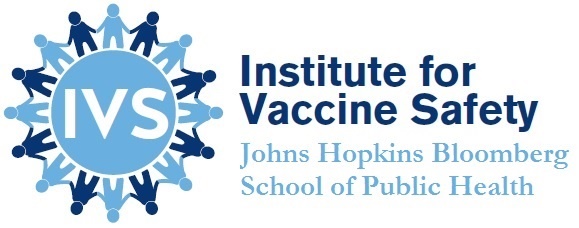Do Vaccines Cause Myocarditis and/or Myocardopathy?
Conclusion | Epidemiological Evidence | Proposed Biological Mechanism | Archives | References
Conclusion
Myocarditis can be induced by either viral or bacterial infection, most notably developing in up to two thirds of persons infected with diphtheria. Thus, diphtheria vaccine prevents myocarditis by protecting against natural infection. Smallpox vaccine do very rarely cause myocarditis and myocardopathy, but is not routinely recommended to the general population in the United States. Other vaccines that are currently routinely recommended to the general population in the U.S. have not been shown to cause myocarditis or myocardopathy.
Epidemiological Evidence
The 2012 report by the Institute of Medicine (IOM), now called the National Academy of Medicine (NAM), found no relevant studies of quality in the literature assessing myocarditis and diphtheria, tetanus or pertussis vaccines [1].
One study published since this report of 193,083 adults over 50 years of age found no association between zoster vaccine and myocarditis using both case-centered and self-controlled case series analyses [2]. A VSD study of 438,487 live births between 2007 and 2013 found no increased risk of cardiac events such as cardiomyopathy, myocarditis, pericarditis, or heart failure among pregnant women receiving Tdap vaccination [3].
U.S. military personnel administered smallpox vaccine had almost 7.5 times higher incidence of myopericarditis in the 30 days post vaccination than non-vaccinated active duty military personnel (16.11 per 100,000 vaccinees versus 2.16 per 100,000 non-vaccinees) [4]. A 2015 prospective cohort study also found an increased risk of myocarditis/pericarditis after smallpox vaccine, but no cases of myocarditis after receipt of trivalent inactivated influenza vaccine [5].
Proposed Biological Mechanism
Myocarditis often results from a prolonged immune response induced by viral infection [6]. In particular, myocardopathy develops in up to two thirds of persons infected with Corynebacterium diphtheria, due to the effects of the exotoxin released by the bacteria. However, the diphtheria vaccine does not contain active toxin. Other mechanisms that could contribute to myocarditis include autoantibodies or T cells [1].
The IOM concluded that there was no mechanistic evidence for an association between myocarditis and tetanus or pertussis containing vaccines [1].
References
1. Institute of Medicine. In: Stratton K, Ford A, Rusch E, Clayton EW, eds. Adverse Effects of Vaccines: Evidence and Causality. Washington (DC): National Academies Press (US); 2012.
2. Tseng HF, Liu A, Sy L, et al. Safety of zoster vaccine in adults from a large managed-care cohort: a Vaccine Safety Datalink study. J Intern Med 2012;271:510-20.
3. Kharbanda EO, et al. Maternal Tdap vaccination: Coverage and acute safety outcomes in the vaccine safety datalink, 2007-2013. Vaccine 2016;34(7):968-73.
4. Poland GA, Grabenstein JD, Neff JM. The US smallpox vaccination program: a review of a large modern era smallpox vaccination implementation program. Vaccine 2005;23:2078-81.
5. Engler RJ, et al. A prospective study of the incidence of myocarditis/pericarditis and new onset cardiac symptoms following smallpox and influenza vaccination. PLoS One 2015;10(3):e0118283.
6. Biesbroek PS, Beek AM, Germans T, Niessen HW, van Rossum AC. Diagnosis of myocarditis: Current state and future perspectives. Int J Cardiol 2015;191:211-9.


